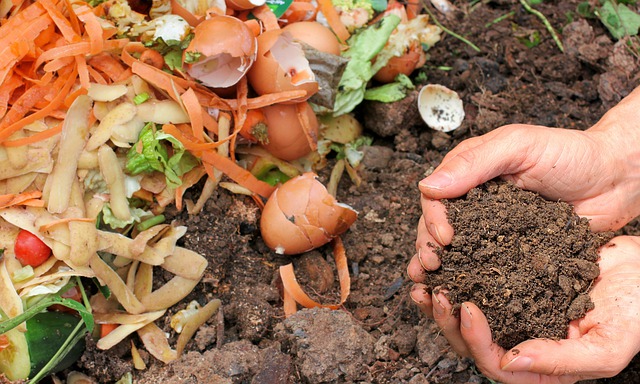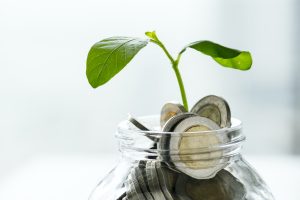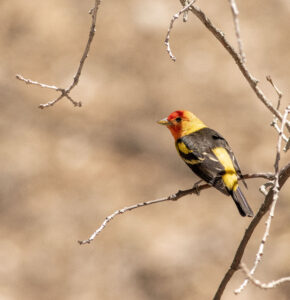
Learn About Composting Day
In honor of National Learn About Composting Day on May 29th, let’s go over the basics of composting. Composting is a natural solution to food waste, which is an environmental nightmare.
On average, the world throws away 1.4 billion tons of food annually, with the United States discarding more food than any other country at 40 million tons. When we waste food, we end up wasting water, animal feed, crops, arable land, transportation mileage and gas, human labor, electricity to run plants, and more.
Worst of all, in a landfill, food waste produces methane, a greenhouse gas about 20 times more powerful than CO2. Although eating and replanting food is preferable, composting is a great final option to recycle food waste.
What is Composting?
Composting is the decomposition of food, yard, and/or animal waste into useful garden fertilizer. This is a biological process of decomposers (fungi, bacteria, arthropods, annelids, etc.) breaking down the waste material and recycling the nutrients into the environment.
Reading this scientific description makes composting sound complicated and impossible without a yard. But don’t feel discouraged! There are several ways to start composting in your home or apartment easily. First, let us go over how to do traditional outdoor composting, then an alternative indoor composting method, and lastly, alternative ways to compost food scraps without a home composter.
Ways to Compost
A traditional composter is simply a pile made up of carbon material and nitrogen material. The carbon material is dry wood and paper products. Examples include shredded paper, cardboard, wood chips, dry leaves, and hay. Nitrogen materials are wet products, which include chopped-up food scraps and grass trimmings. Having both presents, with a carbon to nitrogen ratio at 2:1 or more, creates a livable environment for microorganisms to start decomposing.
As long as the pile stays wet, like a wrung-out sponge, and is aerated, continuously turning the pile, the waste will turn into incredible garden soil. Due to the heat requirements and size, these systems need to be outside. However, there is an alternative composting method that is small enough to fit under your sink.
Indoor Composting

One indoor composting method is Vermicomposting, a worm bin. This consists of decomposers, in this case, Red Wiggler Worms, decomposing your food waste. A worm bin requires three things, a bin, some bedding, and of course, the worms. The bin can be a lengthy kitchen container or even a 3-gallon bucket.
Next, the worms need space to reside in, which will be their bedding. Bedding can be any dry carbon material. Examples include shredded paper and cardboard, grounded up eggshells, dry leaves, straw, and/or coconut coir. Lastly, add the worms. Purchase Red Wiggler Worms online on Amazon or through a local source.
Once you have the worms in the bin, you can start feeding them. These worms eat about half their weight in food a day, so make sure to feed them the appropriate amount. In about 2-3 months, their bedding converts into worm castings or usable garden compost.
Unable to compost at home? No problem, there are individuals and organizations who can take your food scraps and add them to their compost pile. Check local universities, community gardens, or farmers at the local farmers’ market; many of these already have an existing compost pile and may take in your waste.
Lastly, there are paid services available to pick up your food scraps and compost them for you. In Southern Nevada, you can do this through Viva La Compost or Las Vegas Livestock.
As an avid composter, Learn About Composting Day is an educational event to teach people to do what I love! I hope this article showed you how easy it is to start solving the problem of food waste.
Victoria (Torie) Soriano: At-home composter and volunteer composter at the San Miguel Community Garden.



